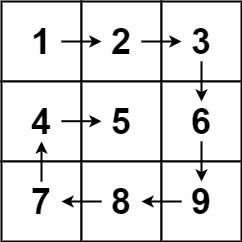Given a string s containing just the characters '(', ')', '{', '}', '[' and ']', determine if the input string is valid.
An input string is valid if:
- Open brackets must be closed by the same type of brackets.
- Open brackets must be closed in the correct order.
Example 1:
Input: s = "()" Output: true
Example 2:
Input: s = "()[]{}"
Output: true
Example 3:
Input: s = "(]" Output: false
Example 4:
Input: s = "([)]" Output: false
Example 5:
Input: s = "{[]}"
Output: true
Constraints:
1 <= s.length <= 104sconsists of parentheses only'()[]{}'.
Idea:
Stack
Solution:
/**
* @param {string} s
* @return {boolean}
*/
var isValid = function(s) {
let stack = [];
let open = {'(' : ')', '{' : '}', '[' : ']'};
let close = {')':true, '}':true, ']': true};
for (let char of s) {
if (open[char]) {
stack.push(char);
} else if (close[char]) {
if (open[stack.pop()] !== char) return false;
}
}
return stack.length === 0;
};



